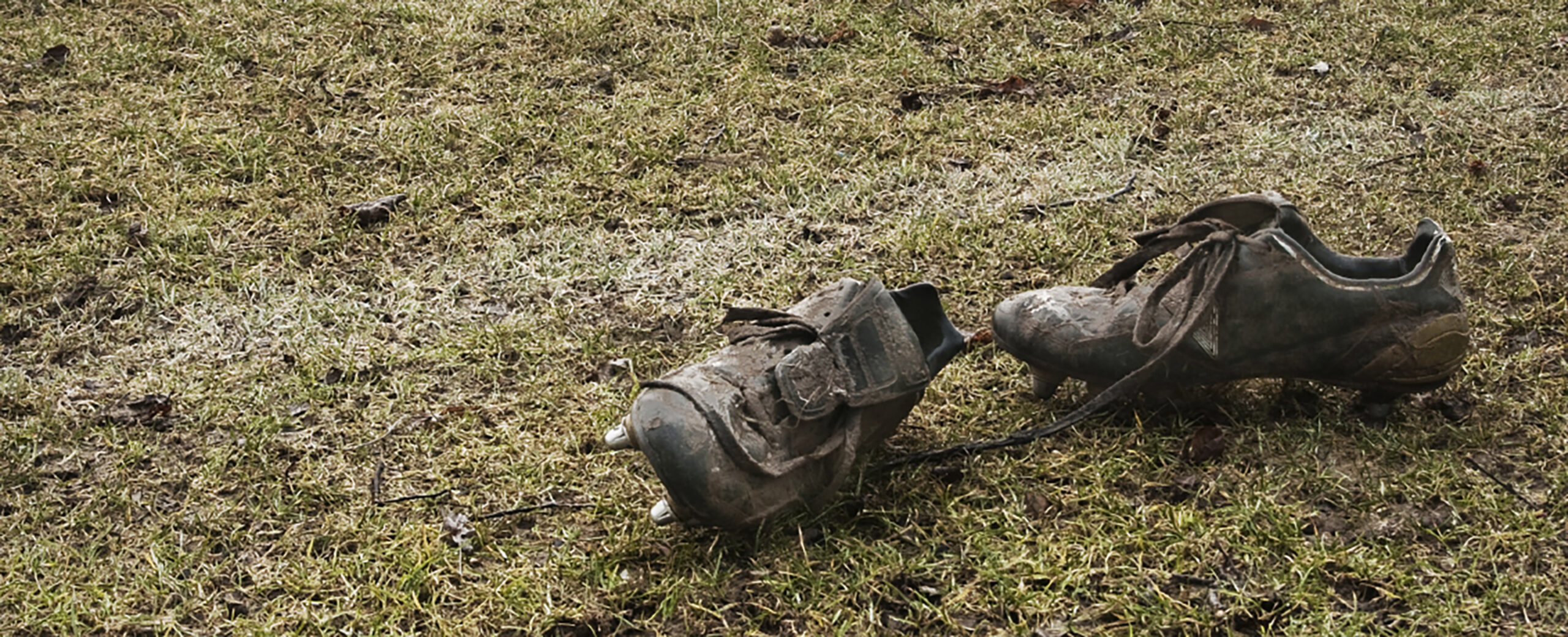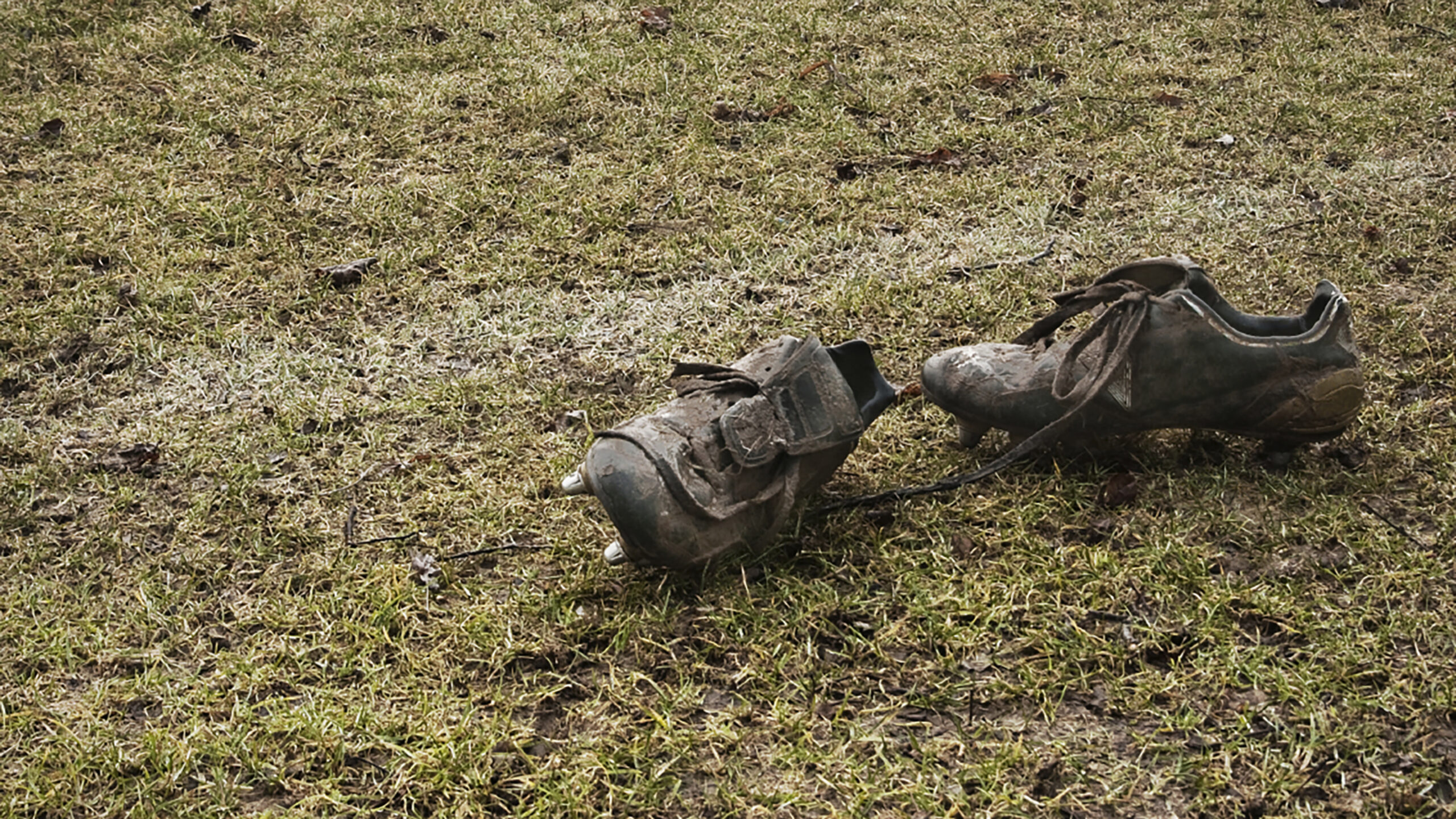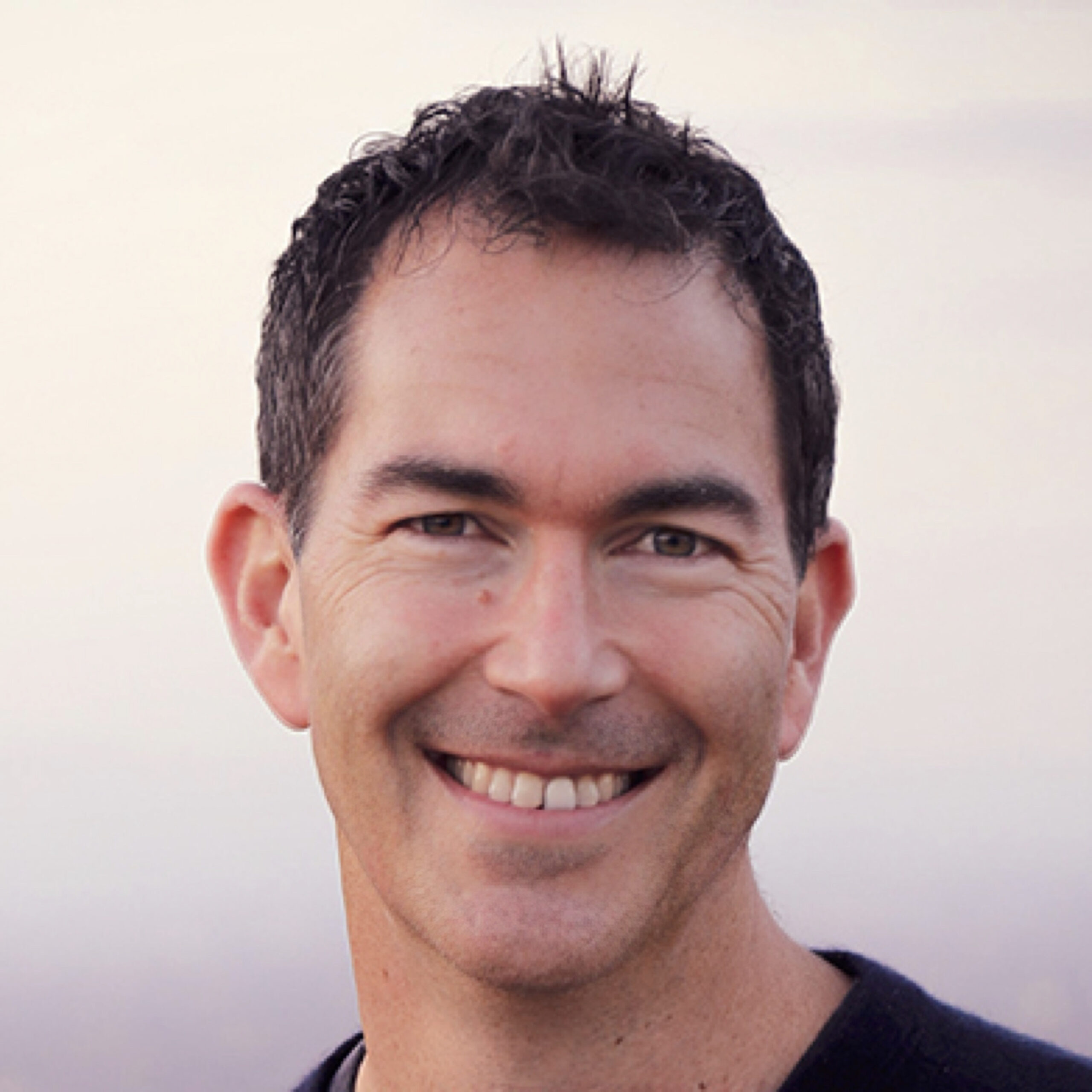

David Neiman
How it all began.
I didn’t know it at the time, but my journey into the world of athlete branding began by sharing a story. My own.
I was a senior at Stanford and a columnist for the student newspaper when I decided to write about something I’d never shared with anyone before.
It went something like this:
By the end of high school, even though I’d been talking to coaches of Division I programs, I hated playing soccer.
I was burned out. I’d been playing soccer my entire life. Besides studying, I didn’t do much else. Still, my dad wanted me to try out before the start of my freshman year at Stanford because one of my high school teammates played there.
I did nothing to prepare all summer and flamed out in the tryout. I was free.
Only I wasn’t. Playing soccer had defined me for so long, I had no idea who I was without it.
It took me two years to gain a new sense of myself. But by the time I was a junior, I was far better off mentally and socially. Best of all, I fell back in love with soccer. When I went abroad my junior year to Oxford, I wound up the MVP of Magdalen College.
(I still have my trophy, a pair of Union Jack boxers, to prove it.)
By combining storytelling and technology, I could help athletes share their unique experiences, connect with their audiences and build their brands.
So back to my senior year. The day the column was published, I felt so uncomfortable that just walking around campus made me feel vulnerable and exposed. Part of me wanted to hide. But at the same time, I had a gut feeling that what I’d written might matter to someone.
Later that day, I was studying in the Stanford Coffee House when I felt a tap on my shoulder. It was a football player. He asked if I’d written the column. I said I had.
He’d been struggling with that same love/hate relationship with his sport, and how tied up his identity was with it. It was good to know he wasn’t alone, he said. He thanked me for writing it. The same thing happened another half dozen times over the rest of the day.
The experience taught me a few lessons.
First, my story, which I’d always looked at as a failure to reach my own potential, was not only seen in a different way by other people—it had value to them.
Second, telling stories that resonated with an audience had power.
Finally, it showed me that there were aspects of the athlete experience that were universal and relatable, not only to athletes but to everyone.
There would be a bunch of stops along the way before I founded Athlete Interactive. I worked for digital media companies, then started my own. I wrote for the Washington Post, where I specialized in writing in-depth stories that captured who athletes were, not just as competitors, but as people.
Eventually, these experiences all converged into an insight: By combining storytelling and technology, I could help athletes share their unique experiences, connect with their audiences and build their brands.
Nearly 20 years later, I’m continuing to work with many other remarkable athletes and their families, helping them reach their career goals and make a lasting impact, on and off the field.
01. // Intro.
David Neiman
How it all began.
I didn’t know it at the time, but my journey into the world of athlete branding began by sharing a story. My own.
I was a senior at Stanford and a columnist for the student newspaper when I decided to write about something I’d never shared with anyone before.
It went something like this:
By the end of high school, even though I’d been talking to coaches of Division I programs, I hated playing soccer.
I was burned out. I’d been playing soccer my entire life. Besides studying, I didn’t do much else. Still, my dad wanted me to try out before the start of my freshman year at Stanford because one of my high school teammates played there.
I did nothing to prepare all summer and flamed out in the tryout. I was free.
Only I wasn’t. Playing soccer had defined me for so long, I had no idea who I was without it.
It took me two years to gain a new sense of myself. But by the time I was a junior, I was far better off mentally and socially. Best of all, I fell back in love with soccer. When I went abroad my junior year to Oxford, I wound up the MVP of Magdalen College.
(I still have my trophy, a pair of Union Jack boxers, to prove it.)
By combining storytelling and technology, I could help athletes share their unique experiences, connect with their audiences and build their brands.
So back to my senior year. The day the column was published, I felt so uncomfortable that just walking around campus made me feel vulnerable and exposed. Part of me wanted to hide. But at the same time, I had a gut feeling that what I’d written might matter to someone.
Later that day, I was studying in the Stanford Coffee House when I felt a tap on my shoulder. It was a football player. He asked if I’d written the column. I said I had.
He’d been struggling with that same love/hate relationship with his sport, and how tied up his identity was with it. It was good to know he wasn’t alone, he said. He thanked me for writing it. The same thing happened another half dozen times over the rest of the day.
The experience taught me a few lessons.
First, my story, which I’d always looked at as a failure to reach my own potential, was not only seen in a different way by other people—it had value to them.
Second, telling stories that resonated with an audience had power.
Finally, it showed me that there were aspects of the athlete experience that were universal and relatable, not only to athletes but to everyone.
There would be a bunch of stops along the way before I founded Athlete Interactive. I worked for digital media companies, then started my own. I wrote for the Washington Post, where I specialized in writing in-depth stories that captured who athletes were, not just as competitors, but as people.
Eventually, these experiences all converged into an insight: By combining storytelling and technology, I could help athletes share their unique experiences, connect with their audiences and build their brands.
Nearly 20 years later, I’m continuing to work with many other remarkable athletes and their families, helping them reach their career goals and make a lasting impact, on and off the field.

